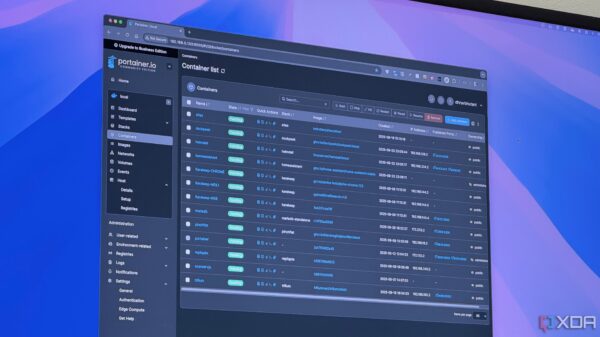Canon has introduced the EOS R6 Mark III, featuring significant advancements in its shooting capabilities, particularly with the new pre-continuous shooting mode. This innovative mode allows photographers to capture a rolling buffer of images, offering enhanced flexibility and improved performance compared to the previous generation, the EOS R6 Mark II.
Understanding Pre-Continuous Shooting
The pre-continuous shooting mode on the Canon EOS R6 III sets itself apart from the RAW burst mode available in the R6 II. Photographers can half-press the shutter release to begin capturing a sequence of up to 20 images at an impressive rate of 40 frames per second. Once the shutter is fully pressed, the camera saves these last 20 images to the memory card, continuing to shoot at the same speed until the buffer reaches its limit, which can accommodate approximately 150 shots when using a CFexpress card with RAW+JPEG formats.
While this mode significantly enhances the shooting experience, it does come with certain restrictions. It operates only in the fastest drive mode, relying on the camera’s electronic shutter. Additionally, it disables some digital lens optimizations and restricts shutter speeds to a minimum of 1/30 second.
Comparison with RAW Burst Mode
The R6 II’s RAW burst mode, although capable of capturing images before fully pressing the shutter, does not provide the same user experience. This mode is limited to RAW files and does not support JPEG or HEIF formats. Furthermore, it compiles a series of RAW images into a single file, requiring users to select their preferred frame later using Canon’s proprietary software.
As one user noted, the RAW burst mode necessitates a backward-thinking approach, which can be counterintuitive, especially in fast-paced environments like sports photography. The R6 II’s system also locks the camera while the buffer clears, posing a significant challenge that the R6 III’s pre-continuous shooting mode successfully addresses.
The R6 III’s feature allows photographers to observe a scene unfold and decide when to capture the moment, making it a practical tool for both wildlife and sports photography. According to a review by a user, “I could watch a scene unfold and then commit to the sequence if desired after the action took place,” highlighting the intuitive nature of the new mode.
In conclusion, while the Canon R6 II offered some pre-capture capabilities, the R6 III’s pre-continuous shooting presents a more efficient and user-friendly alternative. This advancement reflects Canon’s commitment to enhancing the photographic experience, ensuring that photographers can seize perfect moments with ease. The EOS R6 Mark III is poised to make a significant impact on the market, appealing to both amateur and professional photographers alike.







































































